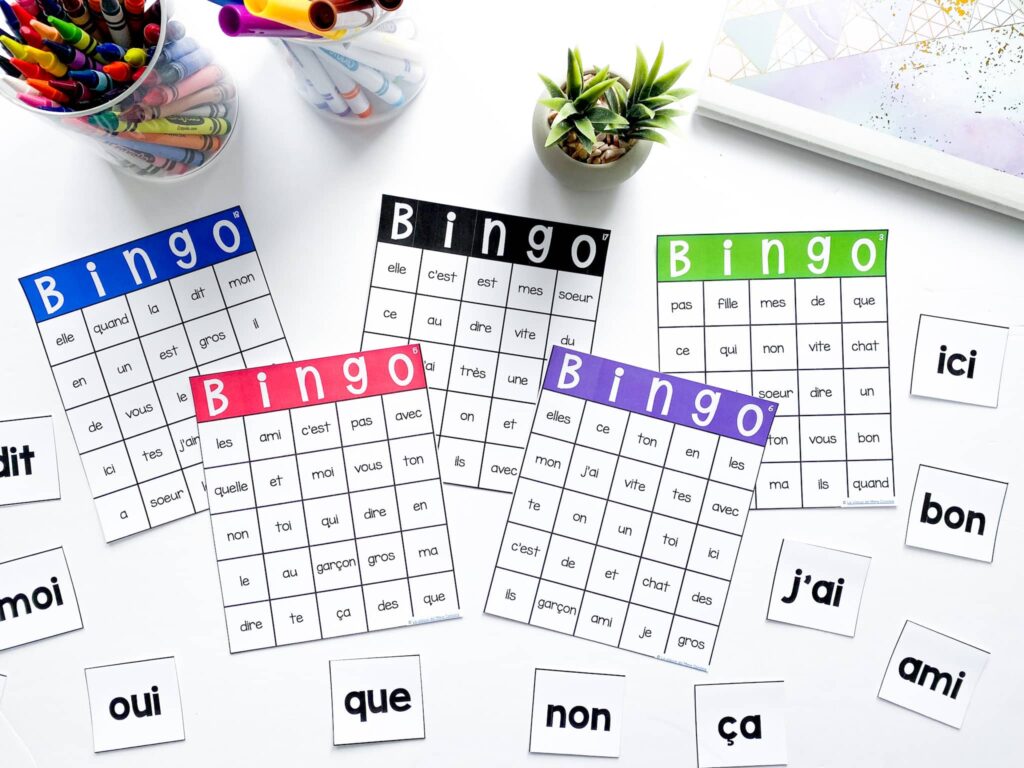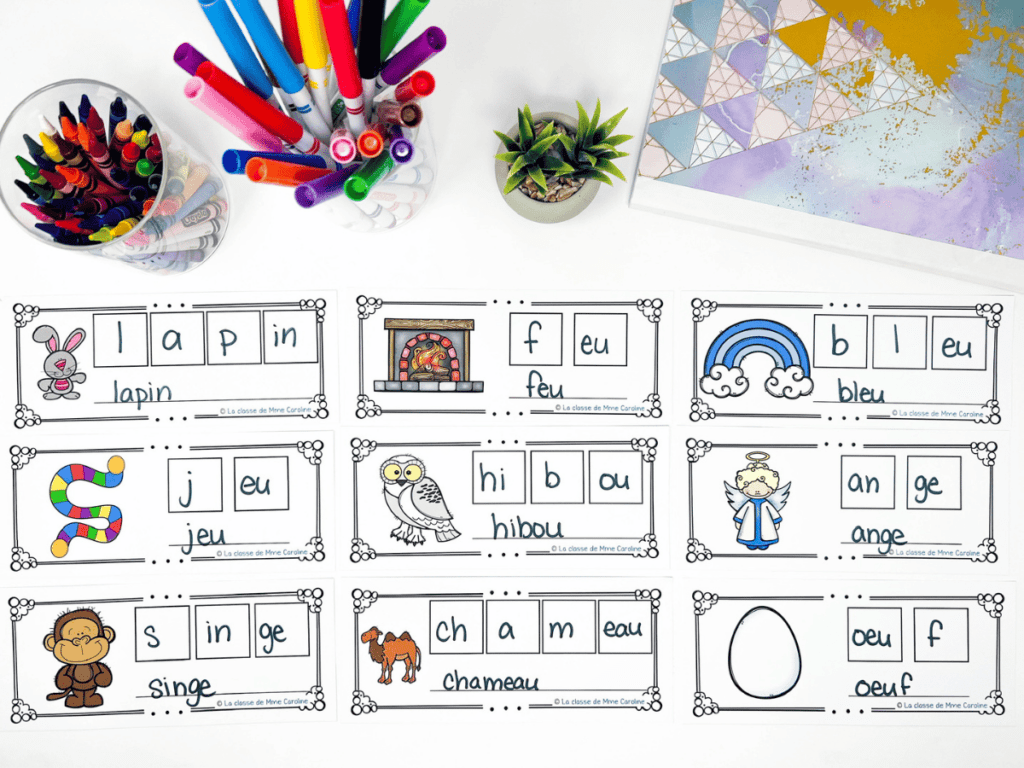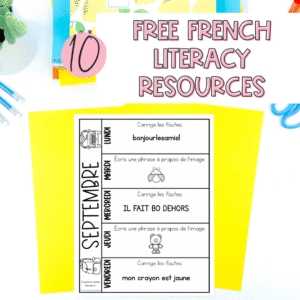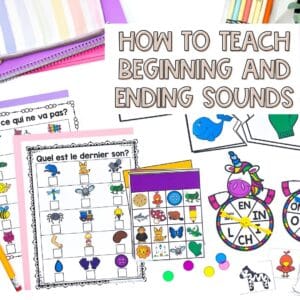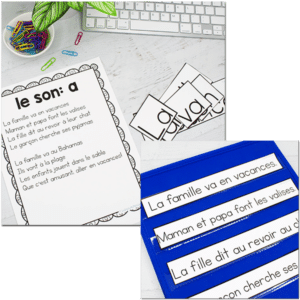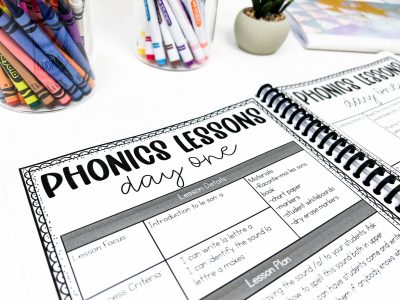As a French immersion teacher, and resource creator, I get asked all the time about reading in French. In fact, I’ve answered some of them in the past in my blogs, A Guide To French Reading Strategies: 5 Frequently Asked Questions and 4 Frequently Asked Questions About French Reading. I’ve noticed a trend with some of the questions lately, so I wanted to share five more questions about reading in French.
#1 What are some fun activities for the entire class that work on reading skills of all levels?
When you have a French immersion class, or even just working with developing readers, it can be a challenge to work to address the various reading levels – especially at the same time! Lucky for you, I actually compiled a list recently of my go-to activities (which happen to be games!) to address various levels of reading in French.
In this blog, I share 5 French Sight Word Games your students will love. And a huge bonus, these games are really low prep. You essentially just need to cut (and laminate if you want to).
#2 What should I do if a student is stuck at a level 1/A or not reading all year? What are some strategies to help them?
First, go back to the basics. Is the student familiar with their letter sounds? If not, start there.
If they are, then you want to assess their phonological awareness skills next. Can they identify syllables, rhymes, first sounds, and last sounds? What about phonemes? Can they break down a word into its sounds? (e.g., canard – c a n a r)
If you are noticing any gaps with these skills, you need to start there. Phonemic awareness is the foundation of reading in French. Without it, students will be off to a rocky start.
If you need additional resources for phonological awareness, check out this French Phonological Awareness Bundle. Each activity includes a quick assessment, so you can monitor your students progress.
If students are mastering phonological awareness, move to decoding simple CV sounds ((le, mo, ri, etc.), then add on additional syllables. This French Reading Fluency Activity is designed to slowly challenge and increase difficulty. If students are struggling, you can remain at a certain “level” until they are ready to move forward.
If you are implementing new strategies and working back from the basics, but a student is still struggling, it’s time to bring in extra support. Reach out to parents. Contact specialists or interventionists who can support and assist.
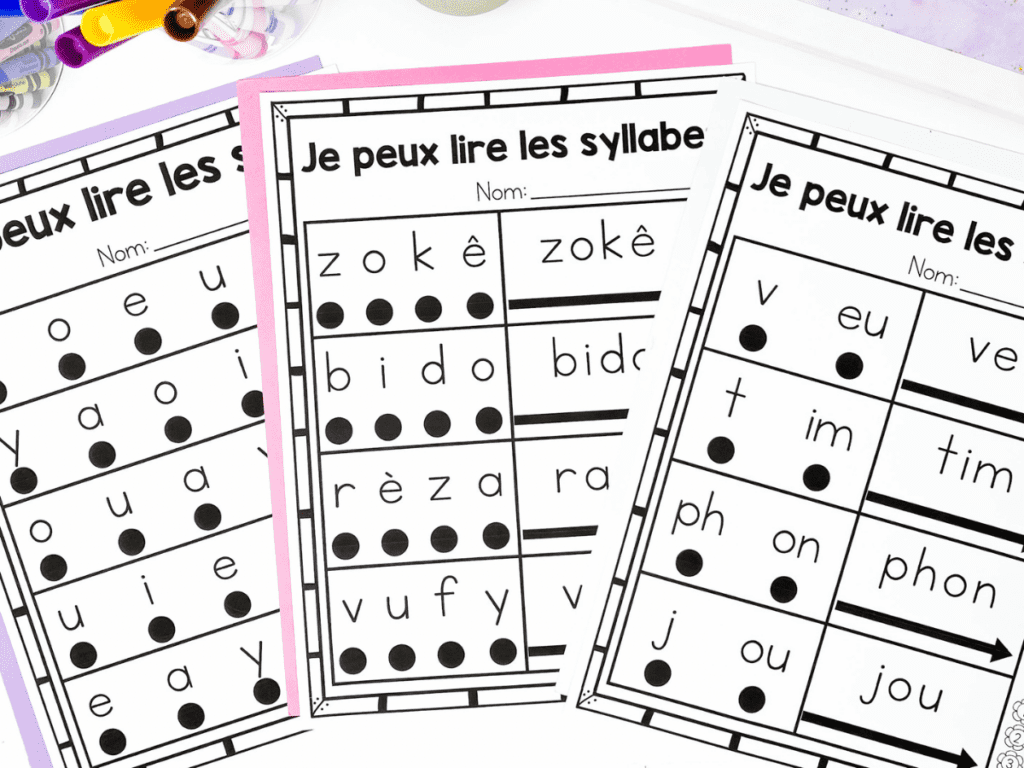
#3 Is Independent Reading beneficial?
Absolutely! Students can enhance their reading in French when they read independently, no matter what their age or grade level. My best advice is to build up their stamina. Starting at the beginning of the year, set a timer for independent time. Slowly increase the length of the reading time! We read independently every single day in my class.

#4 What are your strategies for dealing with parents who are asking for “harder” reading material?
This can be challenging, and it can be uncomfortable to have these conversations, but you need to hold your ground. Tell the parents that their child isn’t ready for more challenging books yet. Explain that their child won’t learn faster by pushing them – actually, it could stall their french reading progression.
Instead, provide them other ways to support their child. For instance, suggest that they go to the library to choose non-levelled books that their child is interested in or read books together before bed. You can also send parents this blog post which lists several online French reading resources or recommend some of the sites to them.
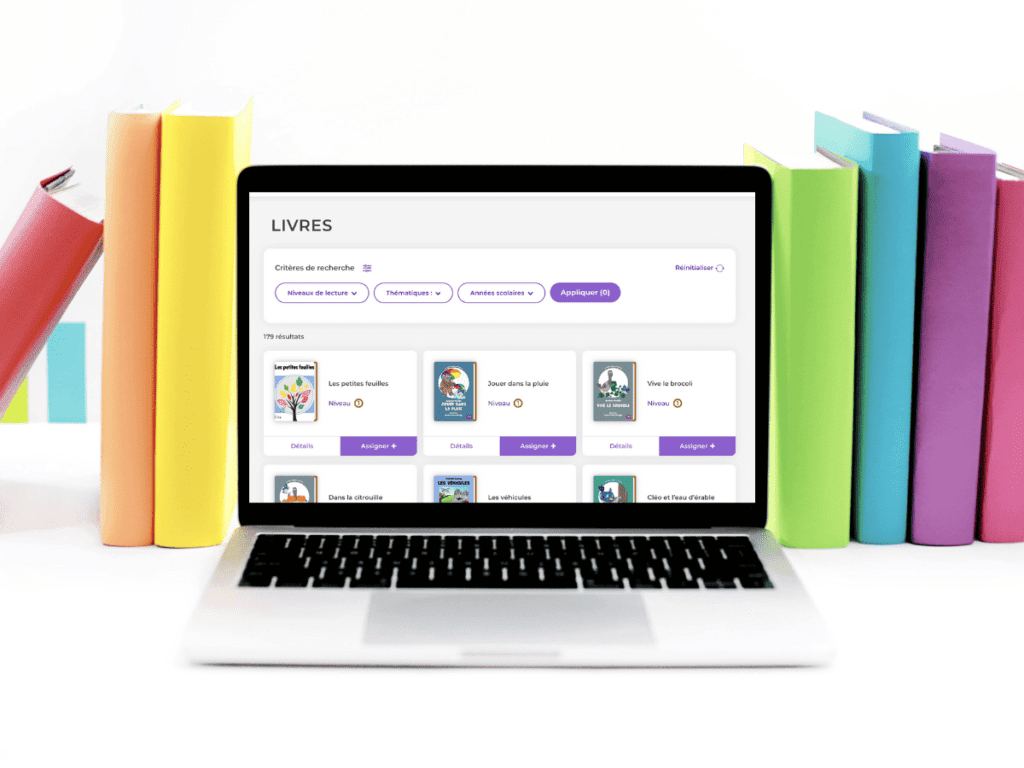
#5 What order should I teach phonemic awareness skills?
I get asked this question all the time! So, I’m going to make it easy for you, and literally list out the order in which I recommend teaching the skills –
- Start with word awareness and letter sounds (can students discern between word, letter, sound?)
- Syllables (identifying number of syllables in words)
- Rhyming words
- First sound
- Last sounds
- Phonemes (follow this order: phoneme isolation, blending, segmenting, phoneme addition, phoneme deletion, and finally phoneme substitution)
Want to check out the resources listed?
All the links above lead to TPT, but the resources are also available on our website. Here are the resources available here for purchase in CAD. Don’t forget you can also buy credits for an additional discount (up to $15 off).
-
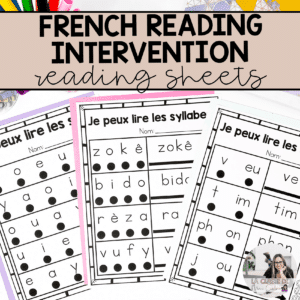 Decodable French Reading Sheets | French Reading Fluency and Intervention$ 6.00
Decodable French Reading Sheets | French Reading Fluency and Intervention$ 6.00 -
Sale Product on sale
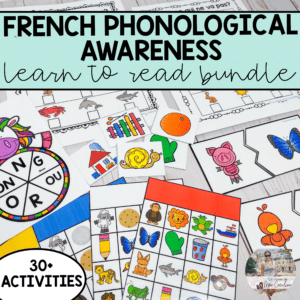 French Learn to Read Bundle | French Phonological Awareness Kit
French Learn to Read Bundle | French Phonological Awareness Kit$ 42.00Original price was: $ 42.00.$ 33.50Current price is: $ 33.50.


